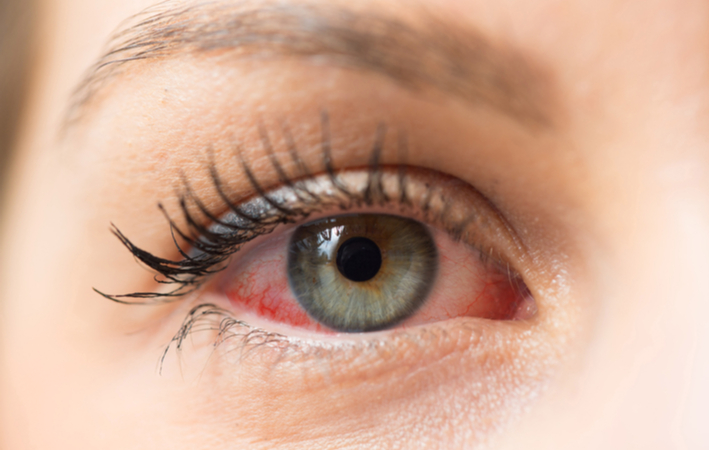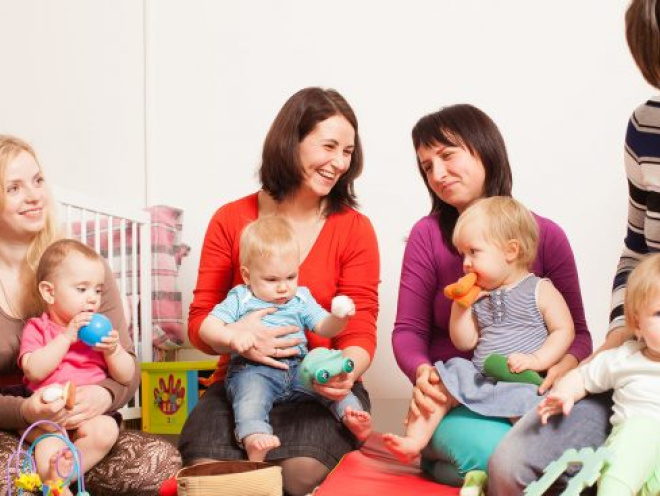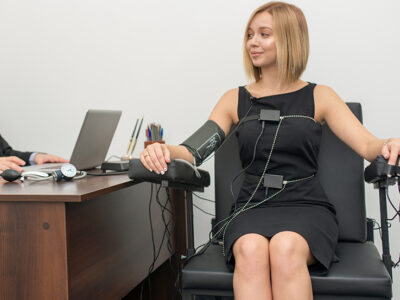Women go through a lot during menstruation, so having painful and heavy flow is not that uncommon. The problem is identifying when these symptoms become a cause of concern. While it is not surprising to feel the discomfort and pain that cramps and abdominal pain bring during the monthly cycle, these symptoms could also indicate another condition that needs immediate treatment – endometriosis.
When the endometrium, or the tissue lining layer of the uterus, is formed outside of the uterus, the condition is known as endometriosis. This commonly occurs in the ovaries, lower abdomen, or pelvis, but it can also appear in other parts of the body. Endometriosis growths are not cancerous – however, they can still cause issues as they may swell and bleed the way the tissue lining of the uterus does monthly (during the menstrual period). And as the tissue grows and bleeds in any area where the body cannot easily expel blood easily, pain and swelling can occur. The treatment for endometriosis in is dependent on whether a patient will want to get pregnant in the future or not. Hormonal treatment is recommended for the former, while surgery is advised for the latter and for patients who have severe symptoms. Endometriosis has no known cure, that is a fact, but the treatments can help alleviate the problems and symptoms that it causes.
Endometriosis is one of the silent diseases in women – it affects approximately 2 to 10% of reproductive-aged females but its actual prevalence is not yet determined because the diagnosis requires either a pelvic exam, imaging test, or laparoscopy. For more information about this condition, this article will discuss the following:
- Different types and stages of endometriosis
- Possible causes
- Symptoms to watch out for
- Risk factors and complications
- Endometriosis and infertility
Different types and stages of endometriosis
Depending on where it is located, endometriosis has three main types.
Superficial peritoneal lesion is the most common. This appears as a lesion on the peritoneum, a thin film that lines the pelvic cavity. Endometrioma or ovarian lesions are dark, liquid-filled cysts that develops in the ovaries. Also known as “chocolate cysts” due to their appearance, endometrioma are quite hard to treat and can cause significant damage to healthy tissue. Deeply infiltrating endometriosis, which affects 1% top 5% of women with endometriosis, is the type that forms under the peritoneum and can spread into organs such as the bladder or bowels.
There are four stages in endometriosis and these stages depend on the amount, location, size, and depth of the endometrial tissue. Some of the specific criteria include the following: the severity of the spread of the tissue, the extent of blockage of the fallopian tubes, and the involvement of other pelvic structures in the disease. The four stages according to the American Society of Reproductive Medicne are minimal (Stage 1), mild (Stage 2), moderate (Stage 3), and severe (Stage 4).
Possible causes of endometriosis
The exact reason why endometriosis occur is still unknown at this point. A presumption suggests that during the menstrual cycle, some endometrial tissue undergoes a process that seems like a “reverse menstruation” by passing through the fallopian tubes and ending up in the abdomen. From there, the tissue attaches itself to the lining of the pelvic structure and grows. Another theory explores the possibility of the endometrial tissue that travels through lymphatic channels (e.g., blood) while a third theory suggests that cells in any location in the body may transform into endometrial cells.
Since endometriosis can run in families, genetic factors affect endometriosis. The hormone oestrogen can promote endometriosis, too, as well as immune system problems. A compromised immune system may have a hard time finding and destroying endometrial tissue that grows outside the uterus. In fact, in a US study, it is found that women with endometriosis are commonly inflicted with immune system disorders and certain cancers.
Lastly, surgeries in the abdominal area like hysterectomy or Caesarian (C-section) surgery may also cause some endometrial tissue to be transferred to another area by mistake. This is evident in cases where endometrial tissue was found in abdominal scars.
Symptoms to watch out for
The symptoms of endometriosis are easy to miss because they are often associated with common menstrual symptoms. They also vary depending on the location and severity of the condition; some women can even have Stage 3 or 4 endometriosis but not display noticeable signs.
The main signs and symptoms of endometriosis include:
- Severe abdominal cramps
- Heavy bleeding that extends for one week (or more)
- Bleeding in between menstrual periods
- Pain in the pelvic region that gets worse during a period
- Pain during sexual intercourse
- Pain during bowel movement or urination during menstruation
- Stomach problems like constipation, diarrhea, or bloating, especially during menstruation
- Vomiting and/or nausea
- Fatigue
- Infertility
It is important to note that the severity of pain that a woman experience is not necessarily related to the severity of endometriosis. Some patients with severe condition do not experience any pain at all, while other patients with milder stages of endometriosis may experience severe pain or other worse symptoms
Risk factors and complications
Women with disorders in the uterus and women who are giving birth for the first time beyond the age of 30 are considered as high risk for endometriosis. The risk also increases for those who have a first-degree relative with the disease.
Severe endometriosis can affect a woman’s life. Aside from the monthly pain and discomfort, endometriosis may also raise the risk for ovarian cancer, or another type of cancer called endometriosis associated adenocarcinoma.
Endometriosis and Infertility
Endometriosis is one of the three main causes of female infertility as the condition affects 24 to 50 percent of females who experience infertility. For patients with mild to moderate cases, the infertility may still be reversed by removing cysts and scar tissue through surgery. Many women with endometriosis can get pregnantbut may find it more difficult to do so. In this case, you should discuss the options with your doctor. The doctor will be able to suggest treatments like medication or surgery to remove the endometrial growths.
Dr Ng Kai Lyn – Consultant Obstetrician and Gynaecologist
Mount Elizabeth Novena: 38 Irrawaddy Road
05-34/35 Singapore 329563
+65 60 1115 31









Comments